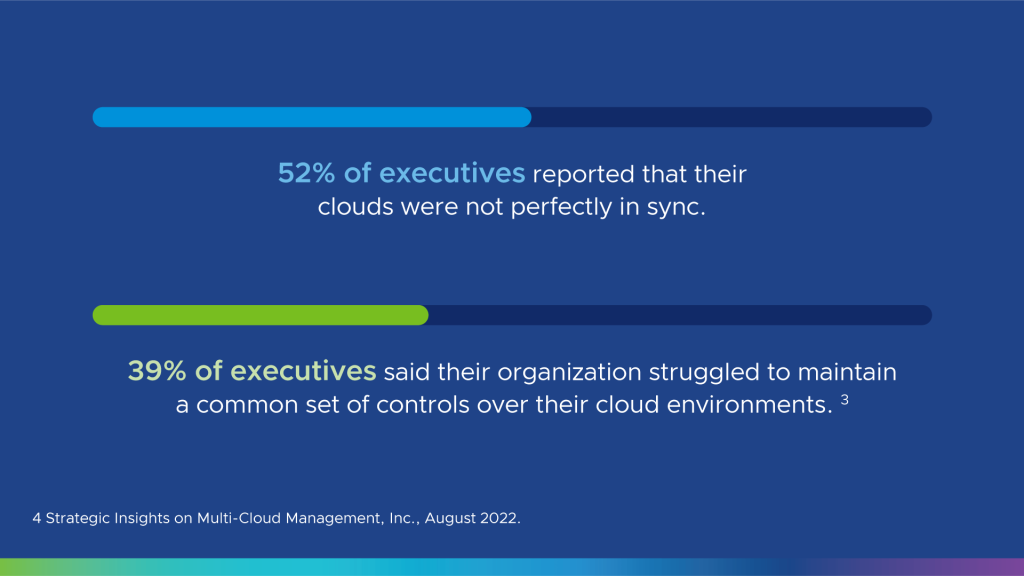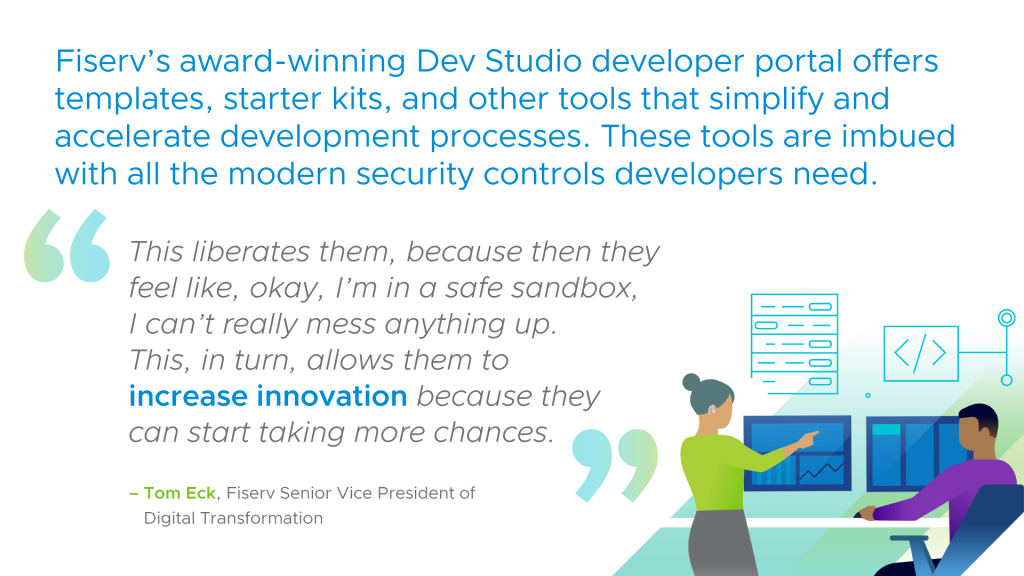- I tested a Pixel Tablet without any Google apps, and it's more private than even my iPad
- My search for the best MacBook docking station is over. This one can power it all
- This $500 Motorola proves you don't need to spend more on flagship phones
- Finally, budget wireless earbuds that I wouldn't mind putting my AirPods away for
- I replaced my Linux system with this $200 Windows mini PC - and it left me impressed
4 Factors That Influence Modern App Success in a Multi-Cloud Environment

How are modern CIOs making an impact with multi-cloud? A recently released VMware report, “CIO Essential Guidance: Modernizing Applications in a Multi-Cloud World,” outlines these four key factors that influence success:
Drive Developer Velocity
The best applications are created by the most talented developers, so it’s crucial to attract and retain the best talent. Taking it a step further, according to a recent Forrester poll, 69% of business leaders agreed that a good Developer Experience (DevEx) results in a better customer experience (CX).1 In fact, it’s clear that DevEx directly impacts CX: 45% of enterprise IT executives report that their dev teams push software releases on a monthly or faster pace (on average).2
With so much at stake, it’s critical to enable your developers to do what they do best: code. But all too often, barriers prevent this from happening. Cumbersome legacy platforms and tools slow down developers, which is why CIOs need to remove friction from the underlying development infrastructure and create an environment where teams can focus on achieving outcomes.
This may include creating agile workflows and automating manual processes as well as handoffs, provisioning and even meetings and paperwork. Adopting a cross-cloud development platform that offers the programs and codes your developers prefer, including pre-selected open-source products, will also elevate velocity, improve DevEx and unleash innovation.
VMware
Embrace Unified Cloud Management
Despite all the advantages of multi-cloud development environments, if you can’t easily manage your cloud estate, you’re not reaping the full benefits. You could be underutilizing resources from one cloud provider, while maxing out on another. Moreover, lack of visibility means greater risk.

VMWare
A successful strategy for overcoming these types of challenges is to choose the best cloud provider for each app – whether it’s an application platform for developers, an observability app for risk management, automation for operations, or something else — yet manage all clouds as if they were one, using a single platform. This approach reduces operational complexity and presents opportunities for greater governance, cost savings and risk management.
Shift Security Left
Shifting security left – meaning building in features that bolster security across the entire app pipeline, from the build phase all the way through deployment and optimization – is essential in today’s complex threat landscape. This approach, combined with a unifying security platform and modern development principles, reduces risks and allows you to identify vulnerabilities and issues faster.

VMWare
When security management controls reside on a central platform, CIOs can better manage risk,compliance, and more across their overall cloud strategy – spanning entire application development and operations processes.
Take a Platform-as-a-Product Approach
Unifying platforms are vitally important to the success of your modern apps in a multi-cloud world. The operation of these platforms should be of the utmost importance, seeing as they are the product that keeps the company running.
If you view your unifying multi-cloud platforms as drivers of innovation, growth and data protection, and run them as a product, you can reimagine the way you prioritize and manage your apps and cloud estate. With a Platform-as-a-Product approach, it’s easier to keep your focus on the big picture.
Bringing It All Together
With almost 75% of businesses operating across multiple public clouds 5, it’s become clear that efforts to modernize need to be executed strategically. CIOs who’ve enjoyed success in this area are realizing cost savings, revenue growth, and improved innovation. They have taken the time to standardize functions across clouds, chosen the clouds that best meet the needs of their apps, and operated unifying platforms that maintain seamless business control over multiple cloud providers. They have also improved DevEx to make the best use of one of their greatest assets: their Dev team.
For more ways to influence multi-cloud success, download the complete report: CIO Essential Guidance: Modernizing Applications in a Multi-Cloud World
Learn more by clicking here.
[1] Taking it a step further, according to a recent Forrester poll, 69% of business leaders agreed that a good Developer Experience (DevEx) results in a better customer experience (CX).
[2] In fact, it’s clear that DevEx directly impacts CX: 45% of enterprise IT executives report that their dev teams push software releases on a monthly or faster pace (on average).

